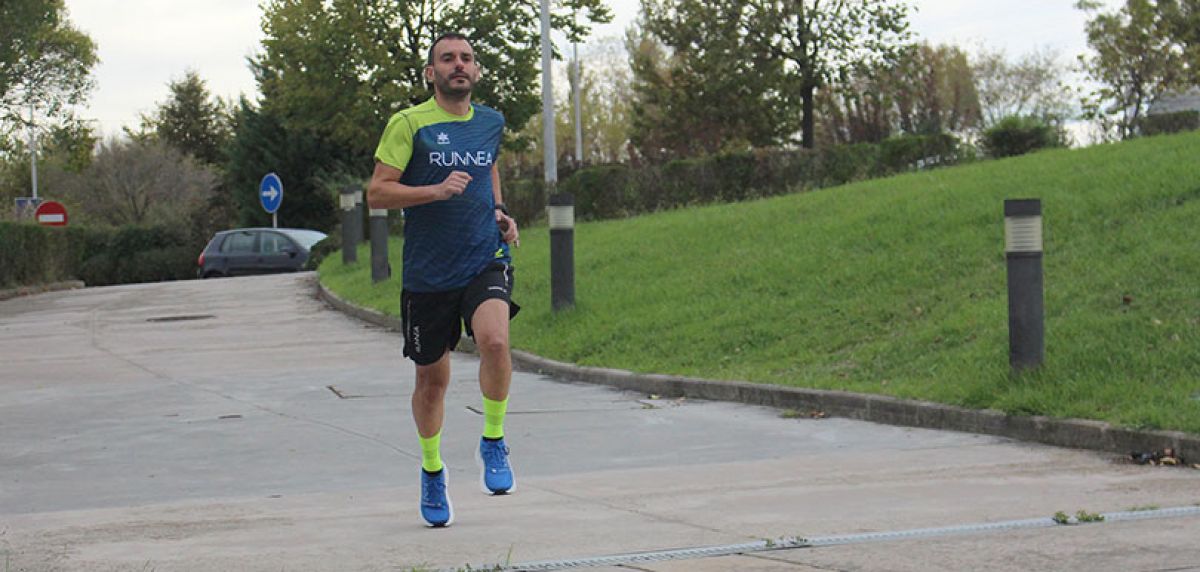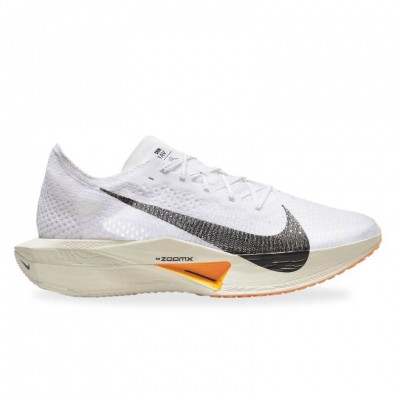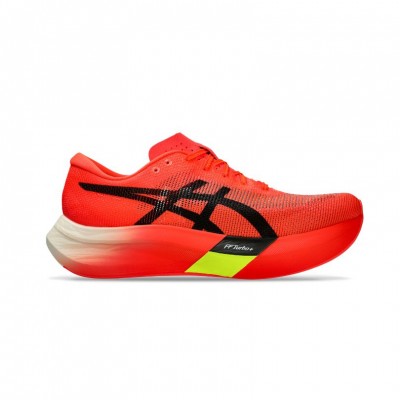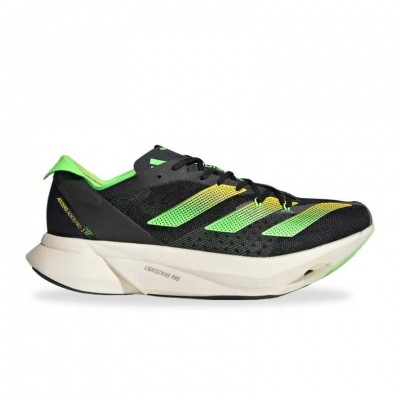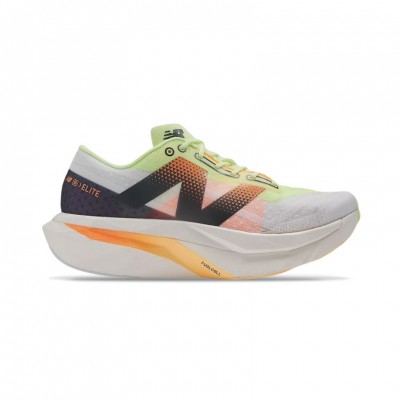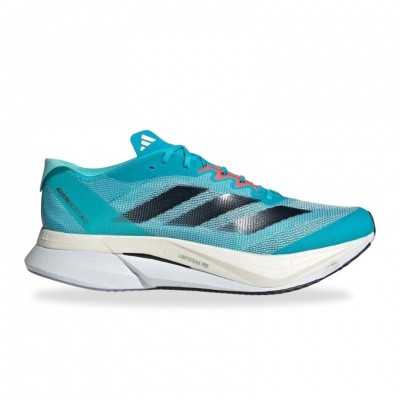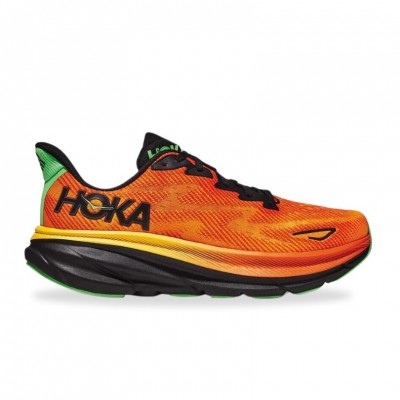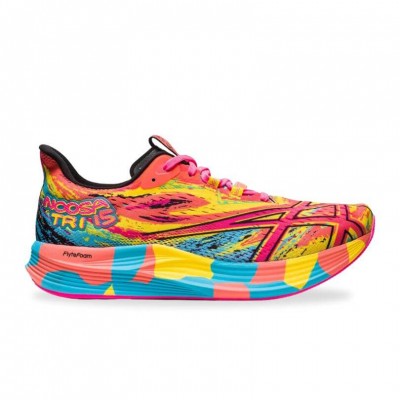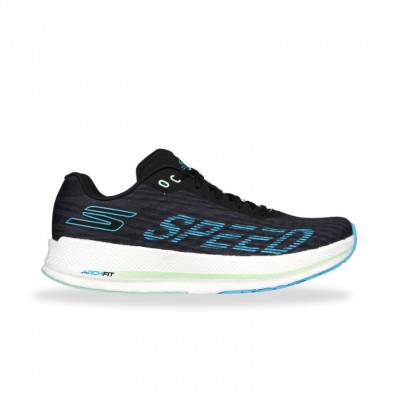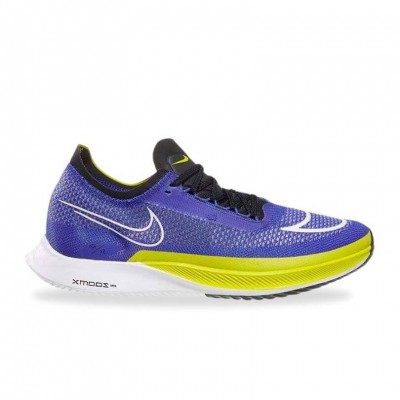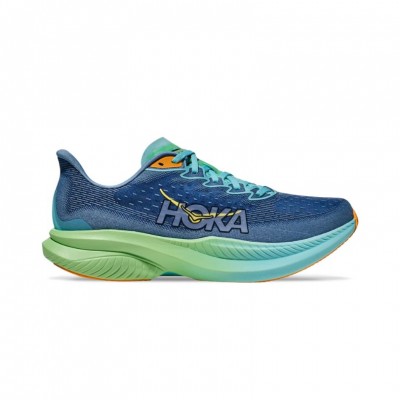You may be interested in:
Of all the sports disciplines or physical activities, running is one of the easiest to practise and one of the most accessible, as it requires no specific equipment–just the right running shoes, sportswear and the desire are enough to start running along any route or path within reach, be it near home or work.
Because it is so easy to put on a pair of running shoes and start trunning, it is the sport of choice for many people whose goal is to maintain a healthy lifestyle and, in some cases, to improve body composition. The rapid improvement in physical fitness and psychological benefits of running serve as motivating factors.
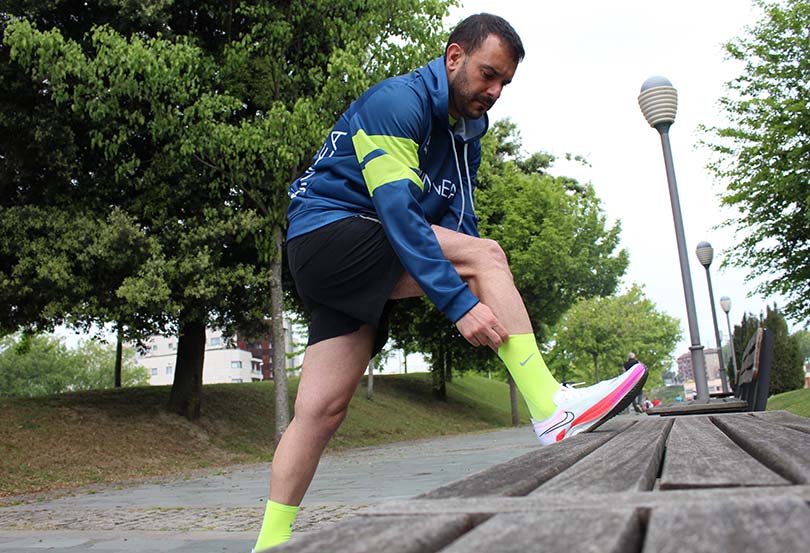
On the premise that a minimum level of physical fitness is required to start running, it is somewhat dangerous to focus on running as a means of losing weight. The demands of the discipline in terms of cardiovascular fitness and joint impact are reason enough for us to reflect about whether running is the most suitable sport for weight control.
Ideally, you should prepare your body before starting to run, through non-impact cardiovascular activities such as walking, cycling or swimming, along with muscle strengthening exercises or routines.
However, this rather "ethical" aspect does not detract from the fact that running generates a high energy expenditure in the body and this expenditure, in some cases, leads to weight loss. If you are one of those people who have doubts about what type of activity or type of training causes a higher caloric consumption, stay tuned to what we are going to tell you next in RUNNEA!
Differences between aerobic and anaerobic training
First of all, it is important to differentiate between resistance training based on running longer at low intensity and high-intensity training with the goal of running as fast as possible. Endurance training is considered to be aerobic training as it predominantly uses oxidative pathways in the presence of oxygen, whereas high-intensity training is mainly anaerobic, with a much lower oxygen availability.
As the race distance increases, the anaerobic component decreases, with competitions from 10k upwards being predominantly aerobic.
Generally speaking, running for a longer time at a moderate intensity is relatively easy, as the level of effort is low. However, over time, neuromuscular fatigue and a reduction in energy substrates can set in, leading to a decrease in performance. This is particularly evident in marathon running, where the continuous and prolonged effort can take a toll on the body. On the other hand, running at a fast pace or as fast as possible requires significant physiological effort from the very beginning. Sustaining high speeds for an extended period is challenging, which is why high-intensity training often involves split training. This approach entails differentiating periods of running with recovery intervals to manage the intensity and allow the body to recover between high-intensity efforts.
You are probably wondering what effects running at one intensity or another has. Well, we have gathered the main ones (Rosa, 2015):
Aerobic training
- Increase of capillaries
- Increase of myoglobin
- Improvement of mitochondrial function
- Reduction of the use of glycogen in favor of using fats
- Increased glycogen stores
- Increased fat stores
Anaerobic training
- Improved movement efficiency
- Optimisation of oxidative capacity
- Improved lactate tolerance
- Increased lactate clearance efficiency
- Improved intermuscular coordination
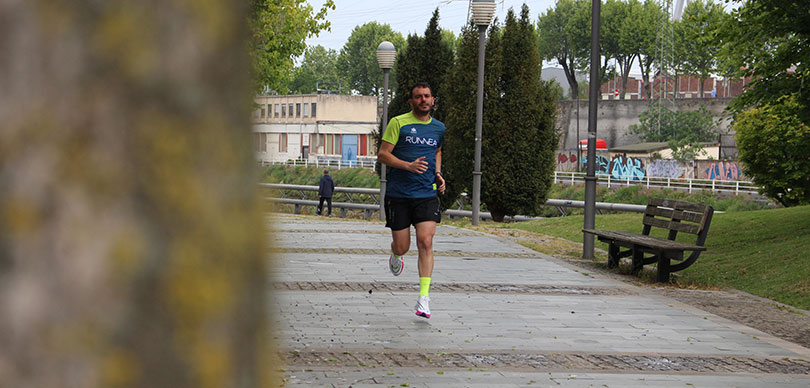
Resistance or interval training: which one consumes more energy?
A 2017 study by Alonso Fernández et al. analysed the difference of implementing extensive continuous training versus HIIT (High Intensity Interval Training), performing 60-minute sessions in the first case and 20 to 25-minute sessions in the second. The results showed that both types of training are valid for improving body composition, finding similar values in terms of weight loss and body fat percentage.
Therefore, the answer is that neither type of training is better than the other, and it's also very important to take into account the physical and psychological characteristics of each person. However, if we had to choose one, high-intensity training is more effective because it requires less time. In summary, interval training sessions including maximal or submaximal paces or speeds in relatively short periods of time will be more effective to induce weight loss.
Before concluding, it should be emphasised that from a training perspective it would be much more convenient and beneficial to analyse the types of sessions in terms of their influence on performance and not so much on more purely physical or aesthetic factors. Thus, the ideal choice is to combine long running sessions with sessions in which we aim to run at our highest possible speed.
By alternating low-intensity and high-intensity sessions we will maximise our performance, become fitter more quickly and optimise training time.
References:
Alonso-Fernández, D., Fernández-RodrÍguez, R., & Gutiérrez-Sánchez, A. (2017). Effect of a HIIT programme vs. Extensive Continuous Training on Inexperienced Individuals. Apunts. Educación Física y Deportes, 130, 84-94. https://doi.org/10.5672/apunts.2014-0983.es.(2017/4).130.07
Rosa, A. (2015). Metabolismo energético y actividad física. EFDeportes.com, Digital Magazine, 20(206).
Read more news about: Running Training
